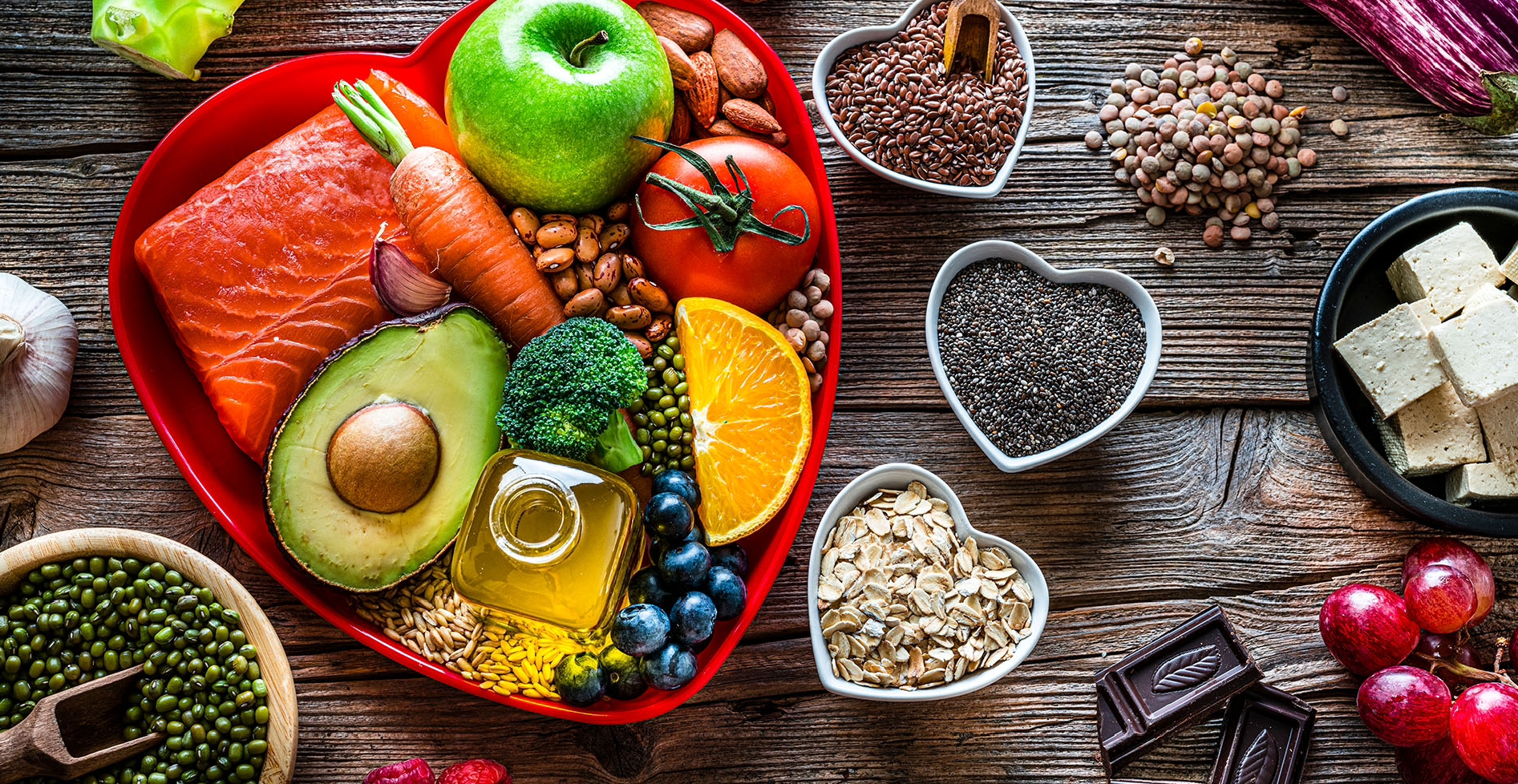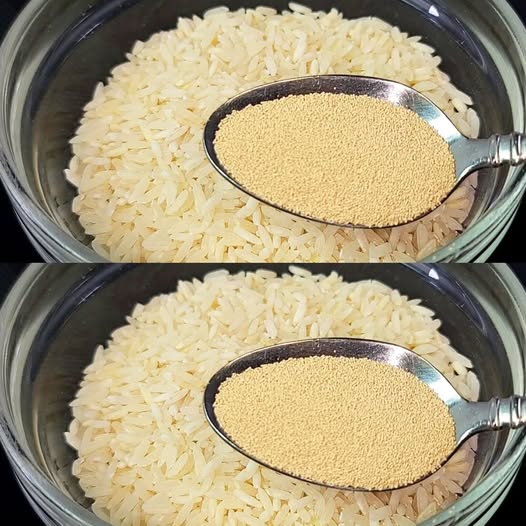Reviving an Old Recipe: The Nutritious Combination of Rice and Yeast
Although it may appear strange at first, combining yeast with rice allows for the use of age-old fermentation techniques that can yield a variety of tastes and health advantages. Rice has long been fermented with yeast to produce a wide range of foods, including alcoholic drinks, sweet sweets, and savory porridges. Here’s how to find this long-forgotten recipe again and discover why it’s so fantastic.
Benefits of Yeast-Enhanced Fermented Rice: Fermentation aids in the breakdown of rice’s proteins and starches, facilitating better digestion and increasing the body’s absorption of nutrients.
Probiotic Properties: Yeast has the ability to support the growth of good bacteria in the stomach, which improves digestion and gut health in general.
Richer Flavor: By adding depth and complexity, fermentation can bring out the natural flavors of rice.
Ingredients
- One cup of rice (any kind, though whole grain varieties like brown rice are higher in nutrients)
- One teaspoon of dry active yeast
- Water (if required)
An optional pinch of salt
Tools
- Big bowl
- A spatula or spoon
- Paper towel or cloth
- Jar or fermentation vessel
Directions
Get the rice ready:
To get rid of any contaminants and extra starch, give the rice a good wash.
Follow the directions on the package to cook the rice. Ensure that the rice is cooked through but not soggy.
Let the cooked rice get to room temperature by letting it cool. Since hot rice might destroy the yeast, this step is essential.
Mix the Yeast: In a small dish, add a little lukewarm water to the active dry yeast and dissolve it. When it starts to foam, which is a sign that the yeast is active, let it sit for five to ten minutes.
Combine Ingredients: Combine the activated yeast and the cooled rice in a large basin. To make sure the yeast is dispersed evenly throughout the rice, give it a good stir.
Ferment: Move the blend into a jar or fermentation vessel. Put a paper towel or cloth over it and fasten it with a rubber band. This keeps impurities out while allowing the mixture to breathe.
For 24 to 48 hours, keep the container in a warm, dark location. The ideal degree of fermentation and the surrounding temperature will determine the precise timing.
Examine the Fermentation: After a day, look for indications of fermentation in the rice, such as a faintly tangy fragrance and maybe some bubbles. To check if the flavor and texture are what you want, taste a tiny bit.
Savor or Continue Cooking: After the rice has fermented, it can be consumed on its own or as a foundation for other recipes. You may use it to make pancakes, add it to soups, or even make a kind of rice pudding.
Serving Recommendations
Flavorful Pancakes: To make savory pancakes, combine the fermented rice with chopped herbs, green chiles, and onions.
Sweet Porridge: Cook the fermented rice with milk, sugar, and cardamom until it becomes a creamy porridge.
In conclusion
In addition to bringing back a classic cooking technique, combining yeast with rice improves the rice’s flavor and nutritional content. This straightforward yet incredibly effective dish is a tribute to the inventiveness of traditional cooking methods and is undoubtedly worth trying in your own kitchen. Try it and discover the many uses and advantages of fermented rice!

